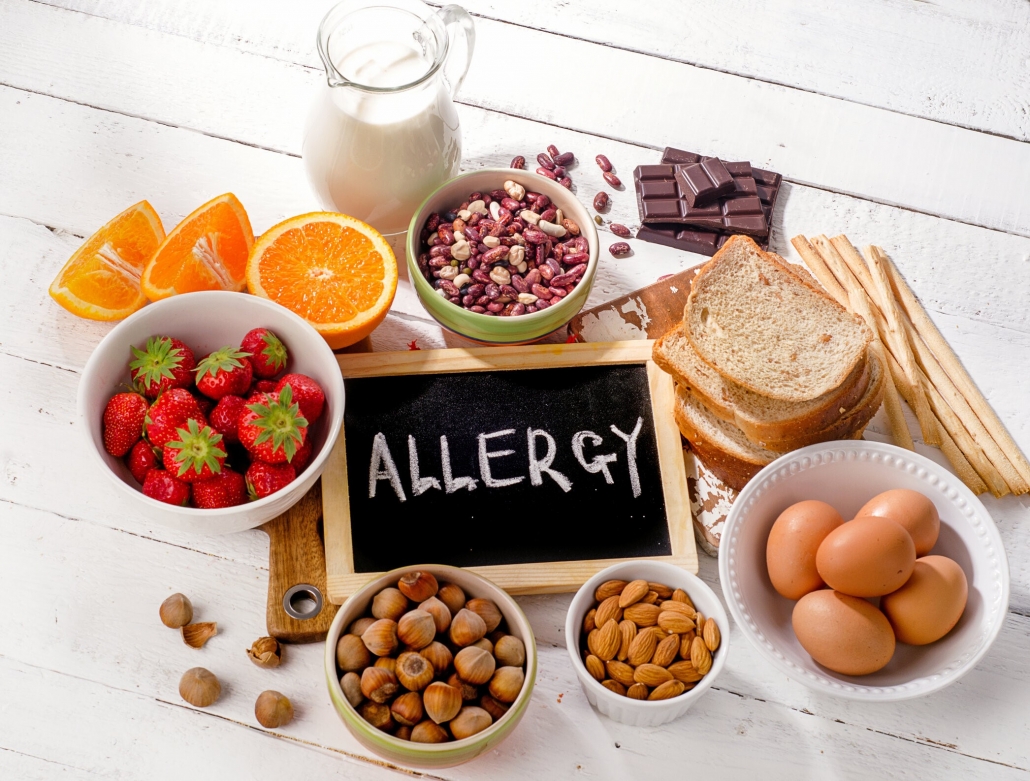School safety standards: How to teach our children about allergens

As schools welcome students back, albeit with greater COVID-19 health and safety measures in place, leaders must begin to give thought to other areas of concern too. Namely, food safety standards.
With over 30,000 schools in the UK, all focusing more vigilantly on health, safety and risk mitigation to contain the spread of the virus, cross-contamination and hygiene are perhaps being given the greatest attention when it comes to food.
However, Kirstie Jones, environmental health officer at Navitas Safety, administrators of digital food safety management, compliance and training, urges that more must be done by schools and education leaders, if we are to protect children against other food-related risks too.
“Education on allergens and food safety should ultimately form part of the national school curriculum. Children learn best when they are young and learned behaviours can influence lifelong habits and routines.
“Therefore, knowing the basics of food safety at an early age will not only protect children from tragic accidents while young but also stand them in good stead to ensure they do not fall foul to food poisoning later in life, too.”
In the UK, it is reported that 7% of children have a food allergy. While reactions can be treated in most cases, some can be more severe and even fatal. And it’s these that can be prevented with effective education and being better informed.
But how exactly can children be taught about food safety, particularly when many of us adults are unaware of the basics, such as the eight legally defined food allergens?
Well, Kirstie explains simple solutions that can be integrated with school practices, which can help children make better lifelong choices and protect those most at risk.
Make information easily digestible for children
As with any information aimed at children, presentation is key in breaking down the barrier of comprehension. While technical terminology and bold lettering might not be the best way forward, Kirstie offers a solution that is.
“Like we are used to seeing with nutritional labelling, a similar traffic light system could be adopted for allergen details on the front of packaging. Red could be used to indicate allergens, amber for ‘may contain’ and green for ‘free-from’ items, for example.”
Creative communication goes down best
How well information is taken on board has a lot to do with how it is communicated. While repetition and frequency are common tactics used in marketing and communications, Kirstie explains that creativity is key when it comes to getting messages across to children.
“Teaching practices should be interactive and engaging. This could include promotional launches, daily pre-lunch briefings, infographics or videos displayed on TV screens, discussions and activities, such as puzzles and quizzes which are linked to allergens.”
Remember, teaching is a team effort
We’ve all heard the saying ‘it takes a village to raise a child’ and when it comes to teaching children vital information, like allergens, this is certainly the case.
“In order to ensure information is retained, it must be reinforced by all those involved in the food-related activities in a child’s life. Included in this is teaching staff, catering managers, lunchtime supervisors and parents.
“Keeping messages consistent requires collaboration and training which involves all parties. This is particularly important for children in early years who are unable to make their own food choices and depend solely on the adults getting it right.
“But, whatever practices are adopted, it is important that they are kept under continual review to keep up with children’s changing dietary requirements.”
Help yourself
While education is important, what should be remembered is that allergen information is, in fact, a matter of life or death. That said, integrating teachings into lessons and daily routines should be supported with fool-proof aids to minimise the chance of any accidents.
Kirstie emphasises that this isn’t about finding flaws in teachers but rather a way to experiment with teaching methods, safe in the knowledge that the system you have in place will see no child’s wellbeing put at risk.
“Aids could include ‘free-from’ menus, the use of pictorial symbols or even integration with digital systems, whereby when a child scans their thumb to purchase a lunch, any allergies they have can be flagged up and their tray cross-checked by a supervisor.
“In an ideal world, there would be one chosen method that is implemented consistently to avoid instances of inaccurate information provision, which could result in harm to an allergy sufferer. While we wait for this universal solution, for now, it is up to school leaders to take the issue further and do what they can to protect the children in their care.”
For more information on Navitas Safety please visit: www.navitas.eu.com.

